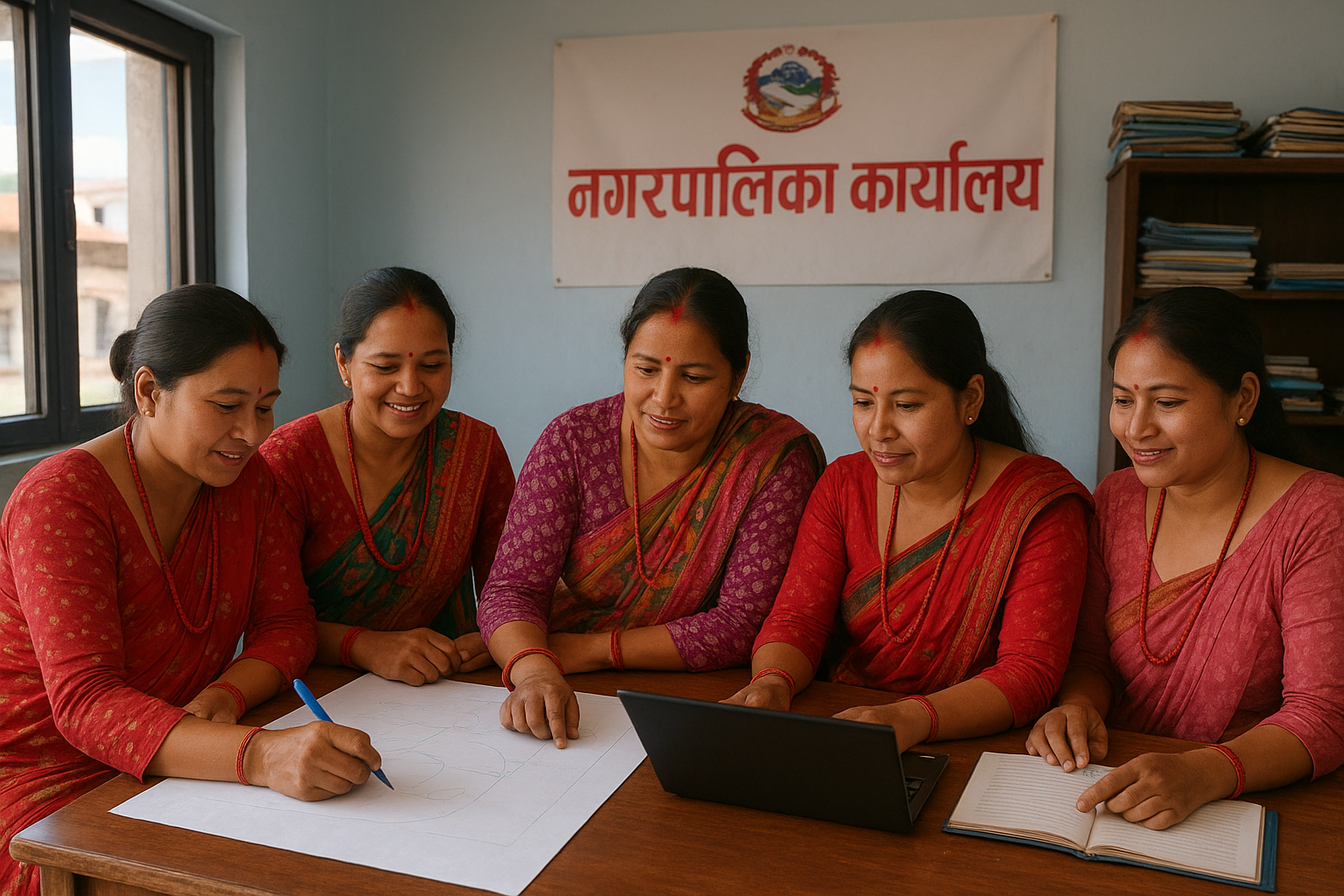Early Action Protocol
A comprehensive framework for implementing anticipatory action in humanitarian disaster response, enabling organizations to act ahead of predicted hazards to prevent or reduce acute humanitarian impacts.

Anticipatory action is a proactive approach to disaster response that aims to predict and mitigate the impact of disasters before they occur, rather than reacting after a disaster has already happened. It is defined as acting ahead of predicted hazards to prevent or reduce acute humanitarian impacts before they fully unfold.
A key mechanism for implementing anticipatory action is the Early Action Protocol (EAP). An EAP is a formal, pre-determined framework established at the country level that enables organizations to access humanitarian funding for early action based on forecast information and risk analysis.
Core Components of Anticipatory Action
Specific criteria or indicators that signal the need for action, based on predictive models and early warning systems.
Predefined plans and activities designed to address potential risks once triggers are activated.
Adequate and allocated resources committed beforehand, ensuring timely and efficient responses.
Protective Intent
Early actions aim to prevent or mitigate acute and imminent humanitarian impacts before they fully unfold.
Time Factor
Implemented in the window of opportunity between early warning and when hazard impacts are felt.
Risk-Informed Triggers
Early actions activated based on forecast or predictive analyses combining forecasts with impact data.
11-Step EAP Development Methodology
Scope Possibilities for an FbF System
Engage Your Stakeholders
Collect Risk, Early Action, and Impact Data
Develop a Trigger System
Select Early Actions
Develop an EAP Activation System
Design Monitoring and Evaluation Plan
Design the EAP Budget
Prepare for Activation
Fund the Response Fund Account
Manage, Activate, Revise, and Resubmit
Rahat, meaning "relief" in Nepali, is a transparent and decentralized financial access platform built on open-source blockchain technology. It serves as a comprehensive AA project management solution.
Key Features:
- • Activity Management with offline functionality
- • Multi-signature trigger mechanisms
- • Communication modules (SMS and IVR)
- • Cash and Voucher Assistance (CVA)
Benefits:
- • Transparent oversight and real-time monitoring
- • Beneficiary management and targeting
- • Direct fund transfers through FSPs
- • Blockchain-enhanced security and accountability
Ready to Implement Anticipatory Action?
Learn more about how Rahat can support your organization in developing and implementing effective Early Action Protocols for humanitarian disaster preparedness.